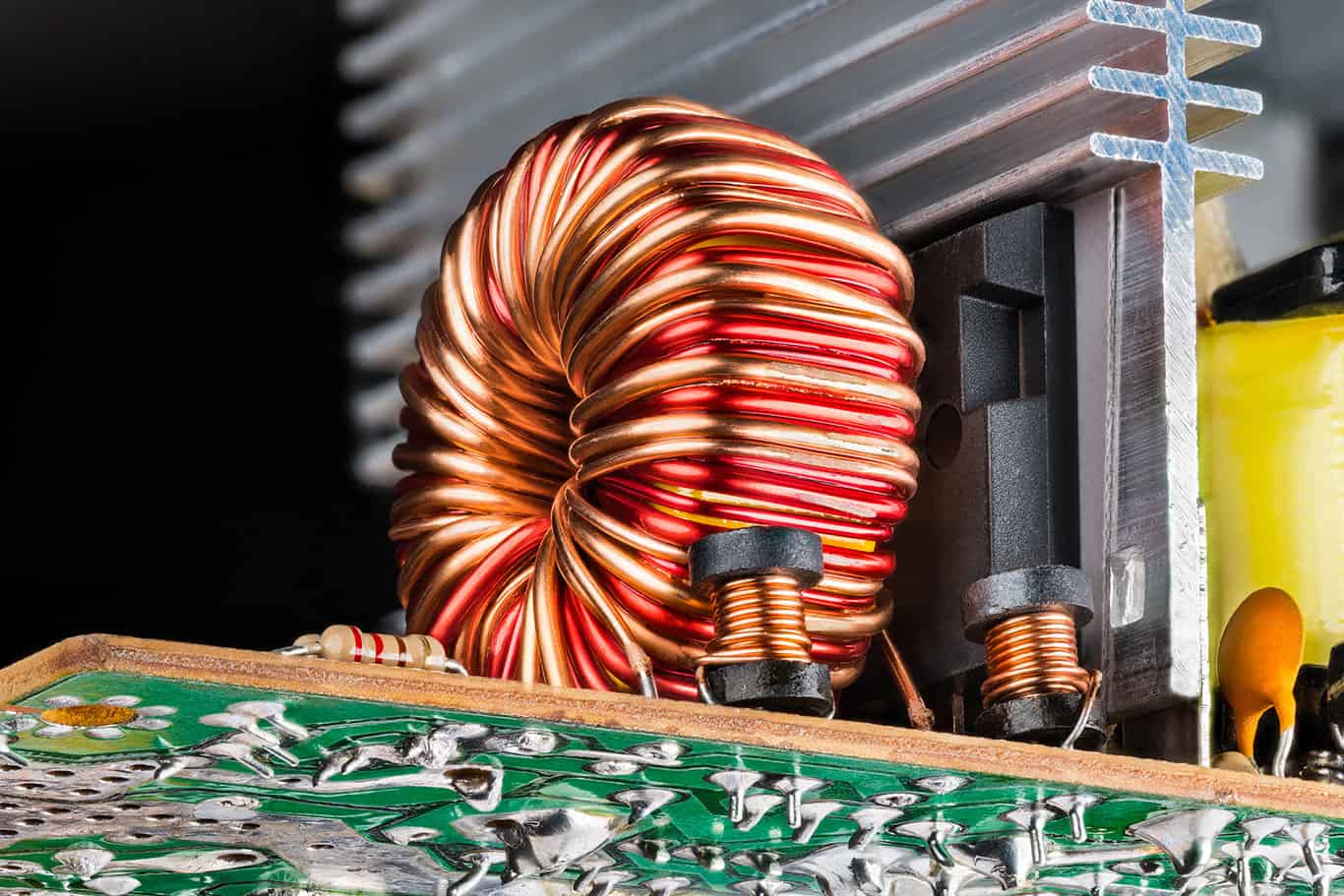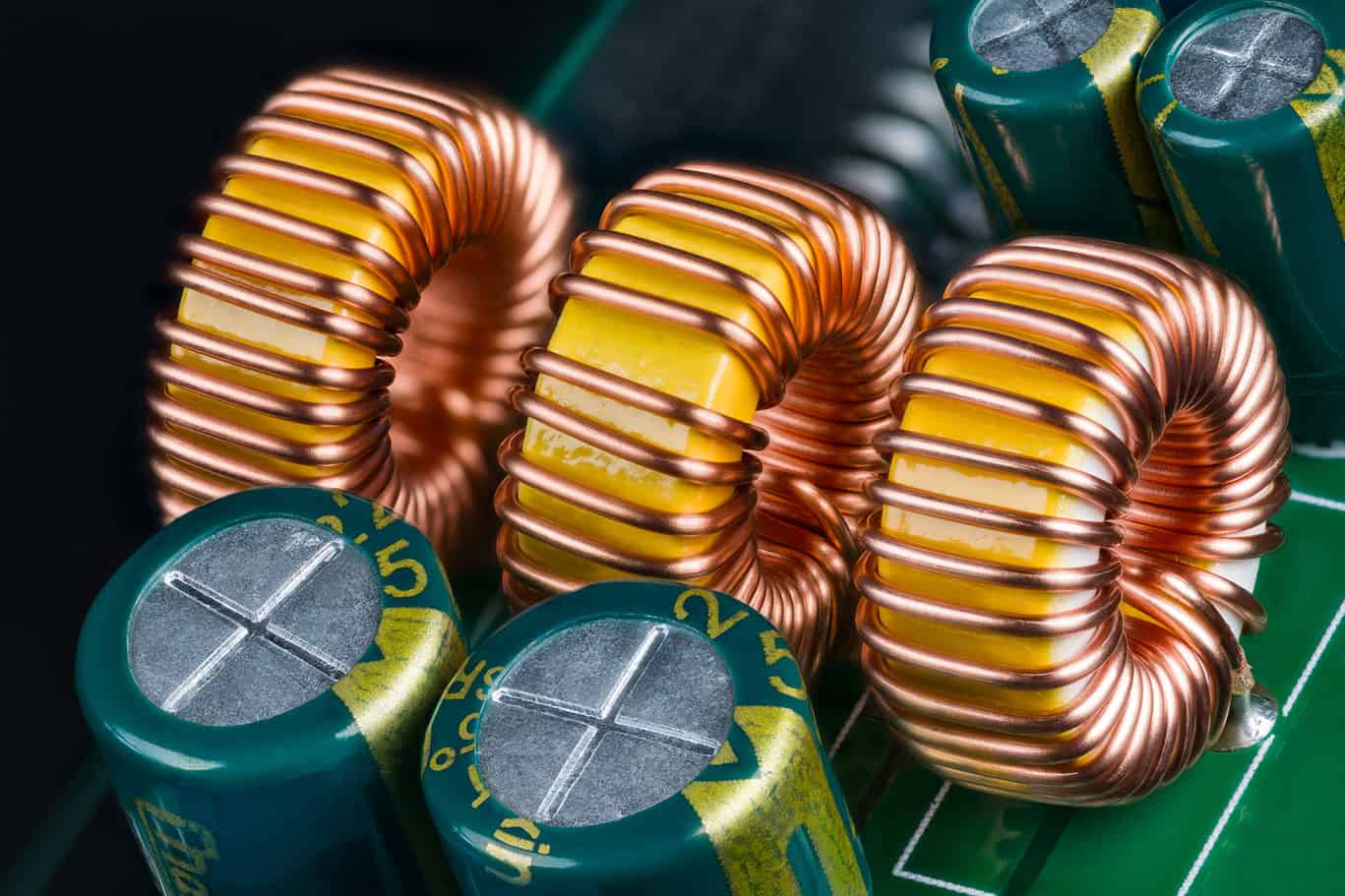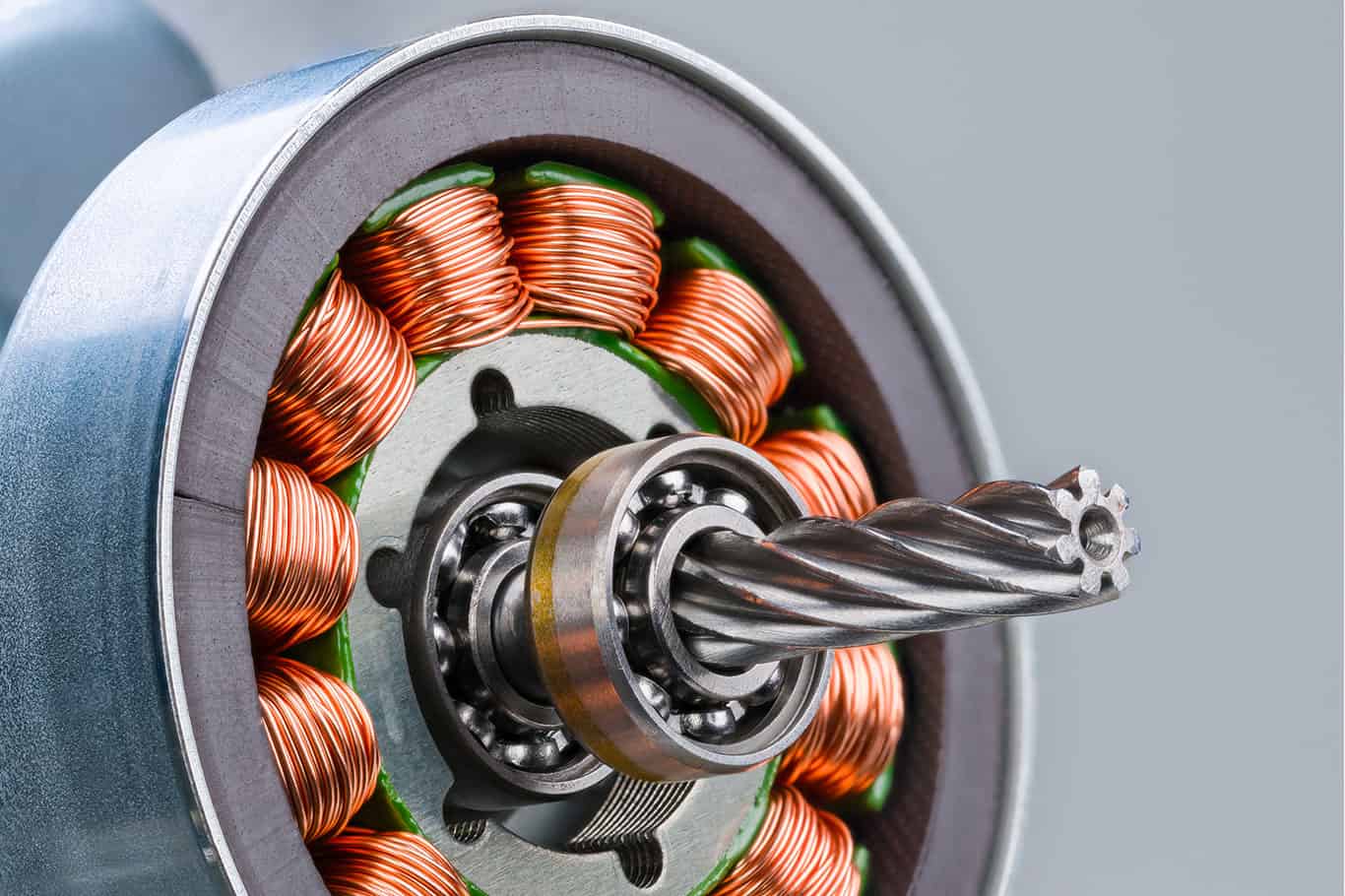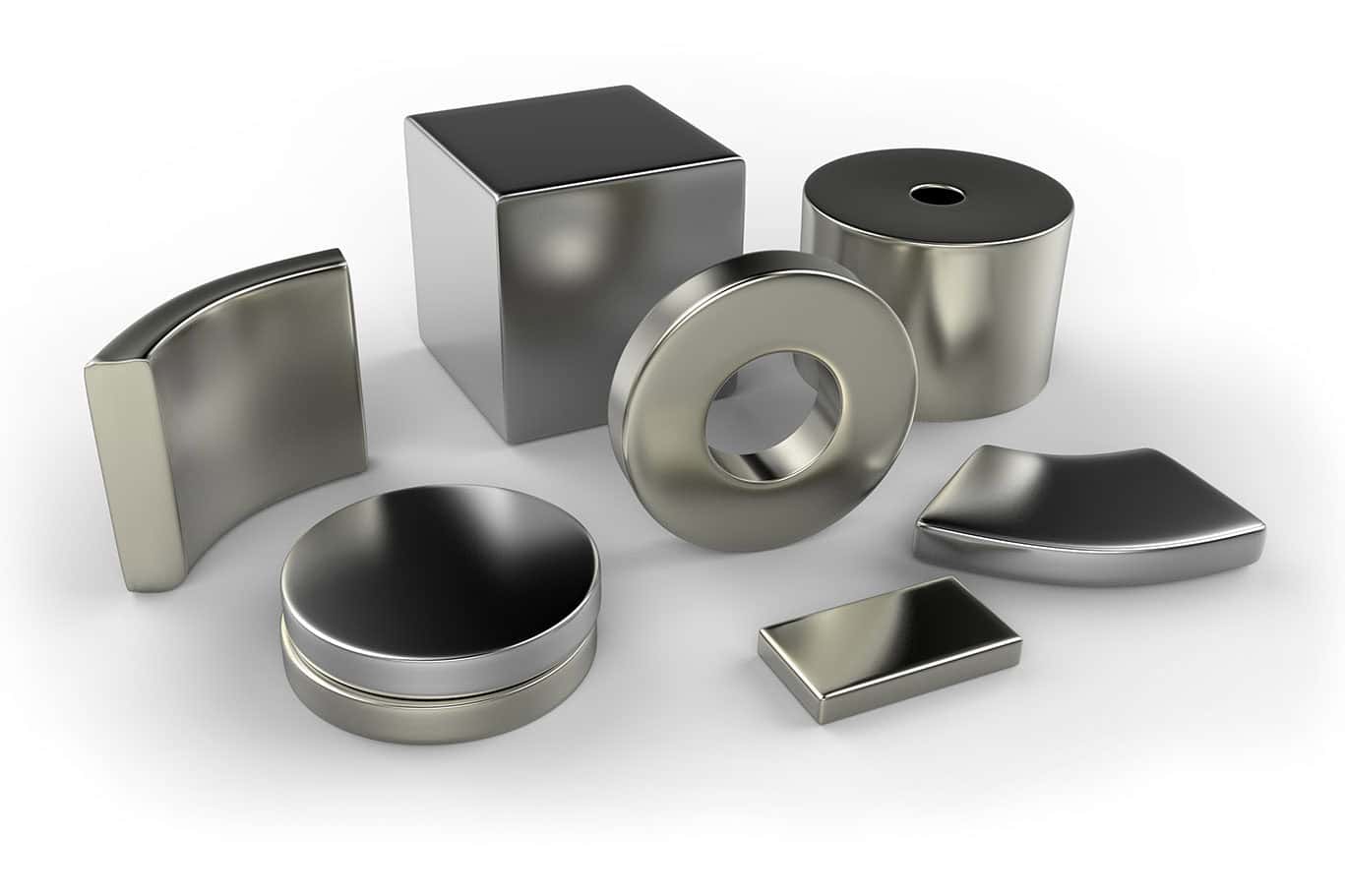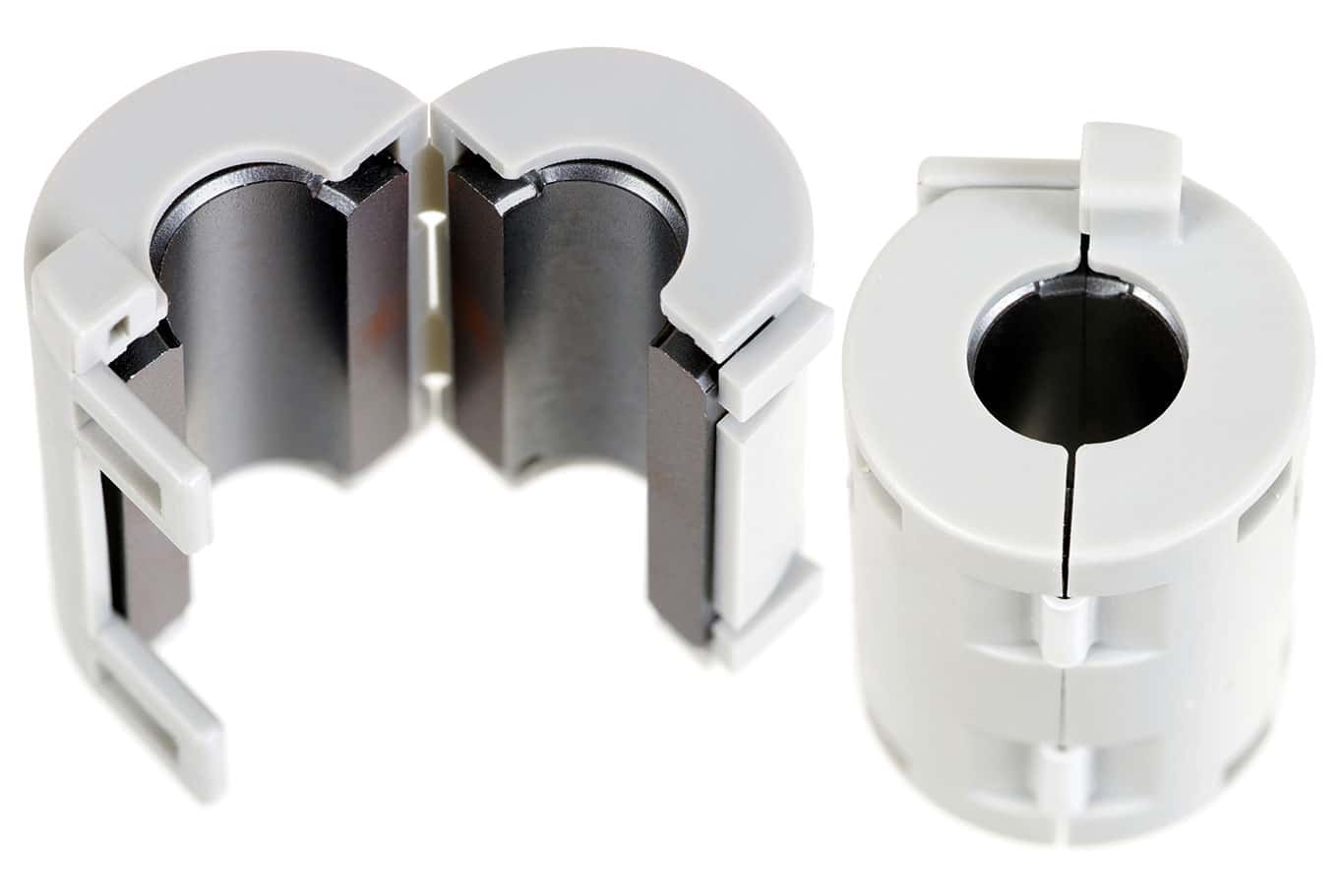Soft ferrite components are integral to many electronic and electrical systems due to their excellent magnetic properties, high permeability, and low electrical conductivity. These characteristics make them highly efficient for use in inductors, transformers, EMI suppression, and magnetic cores, especially in high-frequency applications. To ensure optimal performance in such applications, certain calculations are essential when designing with soft ferrites. This guide provides an overview of the key calculations needed when selecting and designing soft ferrite components.
What Are Soft Ferrite Components?
Soft ferrite components are ceramic magnetic materials primarily composed of iron oxide, combined with metallic elements such as manganese, zinc, or nickel. They possess high magnetic permeability, which enables them to concentrate magnetic fields efficiently. Soft ferrite components also exhibit low coercivity, allowing them to be easily magnetised and demagnetised. These features make soft ferrites ideal for high-frequency applications where efficiency is paramount.
Key Parameters in Soft Ferrite Design
Understanding the following key parameters is critical before performing the calculations involved in the design of soft ferrite components:
- Magnetic Permeability (µ): This indicates the material’s ability to conduct magnetic flux. It includes initial permeability (µi) and relative permeability (µr).
- Saturation Flux Density (Bs): The maximum magnetic flux density the material can sustain without saturation.
- Core Loss: The combination of hysteresis loss, eddy current loss, and residual loss in the ferrite material. This factor is crucial in determining efficiency, especially at high frequencies.
- Curie Temperature (Tc): The temperature at which the ferrite material loses its magnetic properties.
- AL Value: The inductance factor, representing the inductance per turn squared for a given core geometry.
Basic Calculations for Designing Soft Ferrite Components
1. Calculating Inductance (L)
Inductance is a key parameter when designing transformers and inductors. It depends on the number of turns (N), the permeability of the core, and the core’s geometry.
L=AL×N2L = A_L \times N^2L=AL×N2
Where:
- L = Inductance in henries (H)
- AL = Inductance factor in nH per turn squared (nH/N²)
- N = Number of turns
Example: For a core with an AL value of 100 nH/N² and 50 turns of wire:
L=100×502=250,000nH=250μHL = 100 \times 50^2 = 250,000 nH = 250 \mu HL=100×502=250,000nH=250μH
2. Magnetic Path Length (le) and Cross-Sectional Area (Ae)
The physical dimensions of the ferrite core, such as effective length (le) and effective cross-sectional area (Ae), are critical for calculating magnetic properties.
- le = The average length of the magnetic path through the core (cm)
- Ae = The average cross-sectional area of the core’s magnetic path (cm²)
These values are typically provided by the core manufacturer and are used to calculate the magnetic flux density.
3. Calculating Magnetic Flux Density (B)
The magnetic flux density is determined by the applied voltage, frequency, number of turns, and core area:
B=4.44×f×N×AeV×108B = \frac{4.44 \times f \times N \times Ae}{V \times 10^8}B=V×1084.44×f×N×Ae
Where:
- B = Magnetic flux density in gauss (G)
- f = Frequency in hertz (Hz)
- N = Number of turns
- Ae = Cross-sectional area (cm²)
Example: For a core with Ae = 1 cm², N = 10 turns, operating at 100 kHz with 12 V:
B≈270.27GB \approx 270.27 GB≈270.27G
4. Core Loss Calculation
Core loss, crucial for high-frequency efficiency, is estimated using the Steinmetz equation:
Pc=k×fa×Bb×VP_c = k \times f^a \times B^b \times VPc=k×fa×Bb×V
Where:
- Pc = Core loss (W)
- f = Frequency (Hz)
- B = Magnetic flux density (T)
- V = Core volume (cm³)
- k, a, b = Material constants from manufacturer datasheets
Example: For a core with V = 1 cm³, B = 0.1 T, f = 100 kHz, and constants k = 0.002, a = 1.5, b = 2.5:
Pc≈0.2WP_c \approx 0.2 WPc≈0.2W
5. Ampere-Turns (NI) Calculation
Ampere-turns represent the magnetising force required for the core, critical for avoiding saturation:
NI=0.4π×H×leNI = 0.4\pi \times H \times leNI=0.4π×H×le
Where:
- NI = Ampere-turns (A/m)
- H = Magnetising force (A/m)
- le = Magnetic path length (m)
6. Temperature Rise Calculation
Temperature rise is essential for ensuring reliability. It can be estimated as:
ΔT=PtotalAsurf×h\Delta T = \frac{P_{total}}{A_{surf} \times h}ΔT=Asurf×hPtotal
Where:
- ΔT = Temperature rise (°C)
- Ptotal = Total power loss (W)
- Asurf = Surface area of the core (cm²)
- h = Heat transfer coefficient (W/cm²°C)
Designing with soft ferrite components involves various crucial calculations, from determining inductance and magnetic flux density to calculating core loss and temperature rise. Understanding and applying these calculations ensures that ferrite-based components operate efficiently in high-frequency applications, such as power supplies, transformers, and EMI suppression systems. Leveraging manufacturer datasheets and simulation tools can streamline the design process and enhance overall performance.
For more information on soft ferrite design or to explore our range of ferrite components, visit our website.
Frequently Asked Questions (FAQs)
Q1: What is the role of core loss in soft ferrite components?
A1: Core loss, which includes hysteresis and eddy current losses, is essential for understanding the efficiency of ferrite components, particularly in high-frequency applications.
Q2: How can I calculate the magnetic flux density in soft ferrites?
A2: Magnetic flux density can be calculated using the applied voltage, frequency, number of turns, and the core’s cross-sectional area with the formula:
B=4.44×f×N×AeV×108B = \frac{4.44 \times f \times N \times Ae}{V \times 10^8}B=V×1084.44×f×N×Ae
Q3: Why is permeability important in ferrite design?
A3: Permeability indicates the material’s ability to conduct magnetic flux, influencing the component’s inductance and overall magnetic performance.

